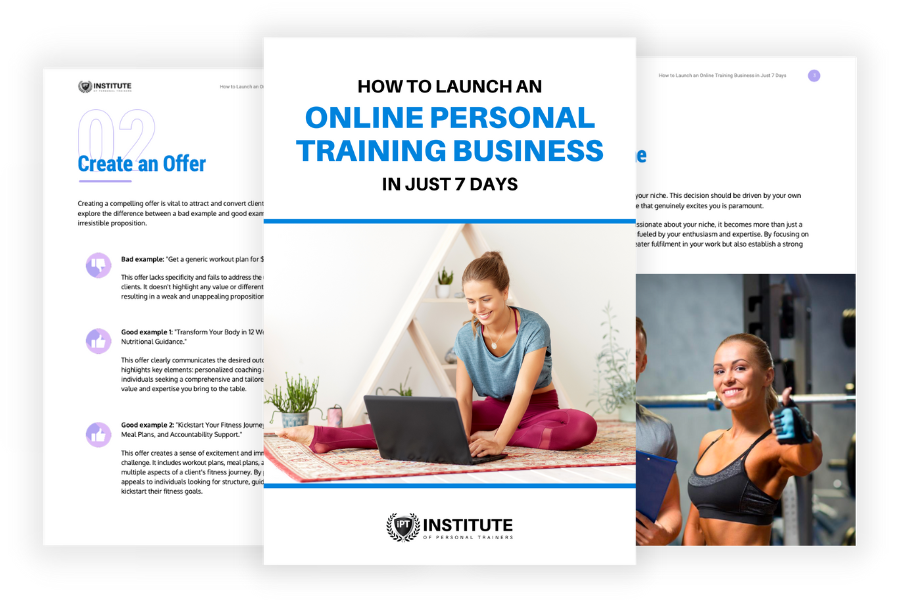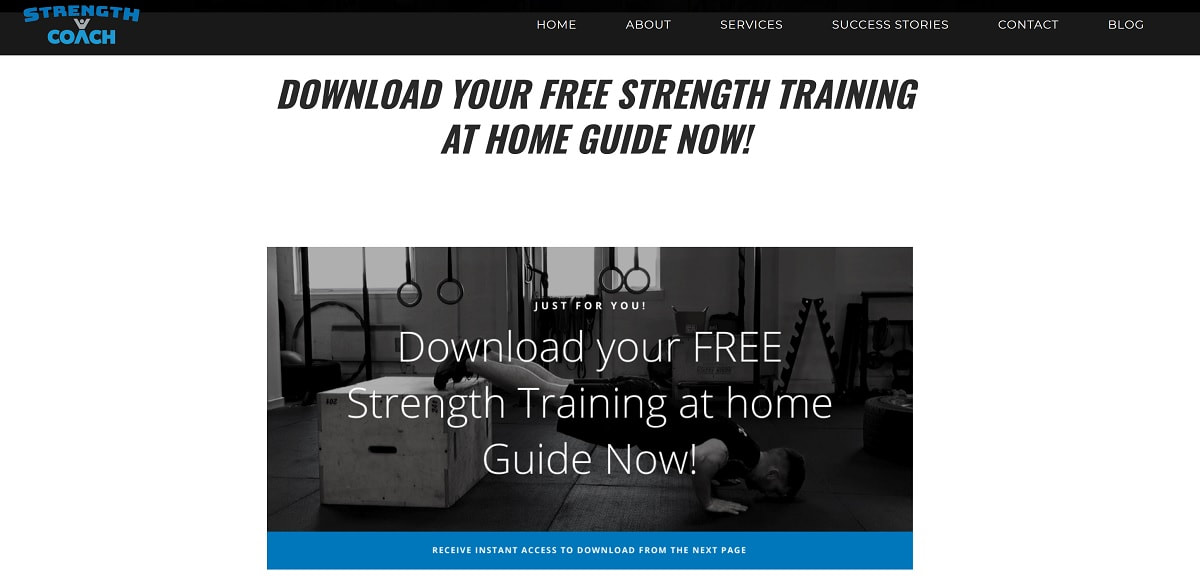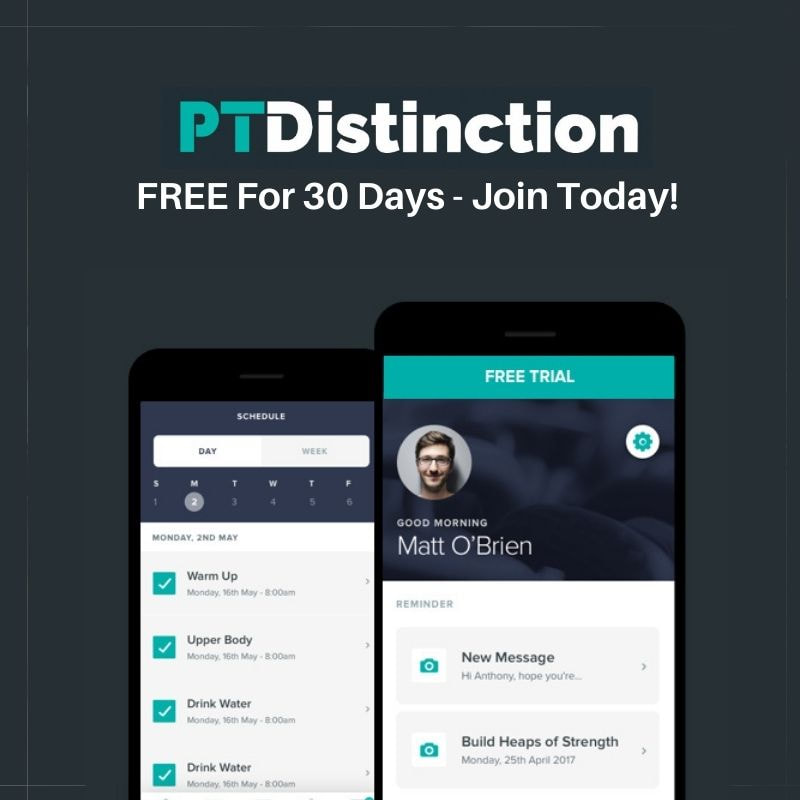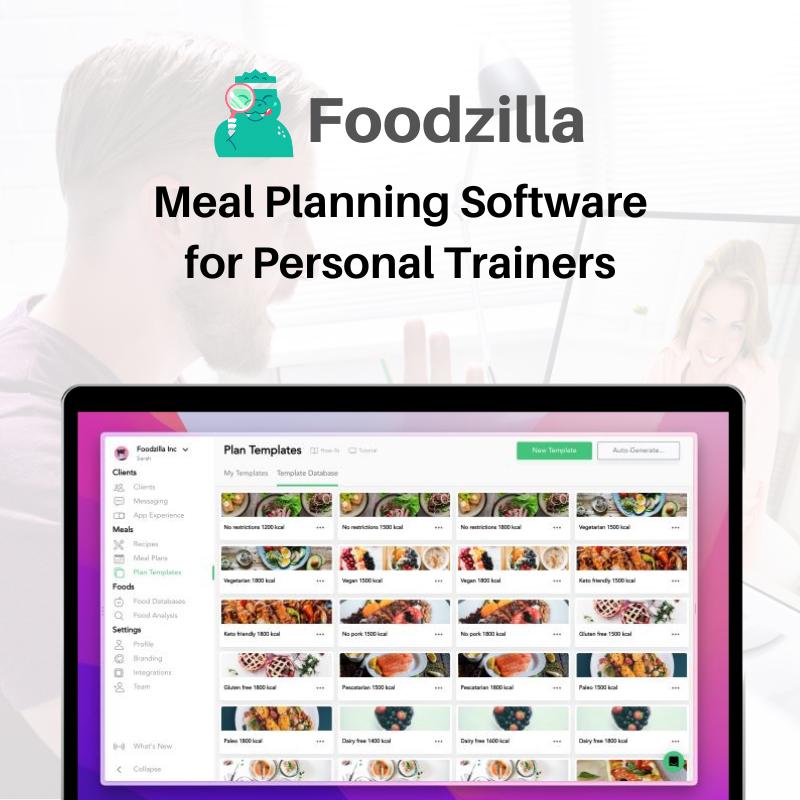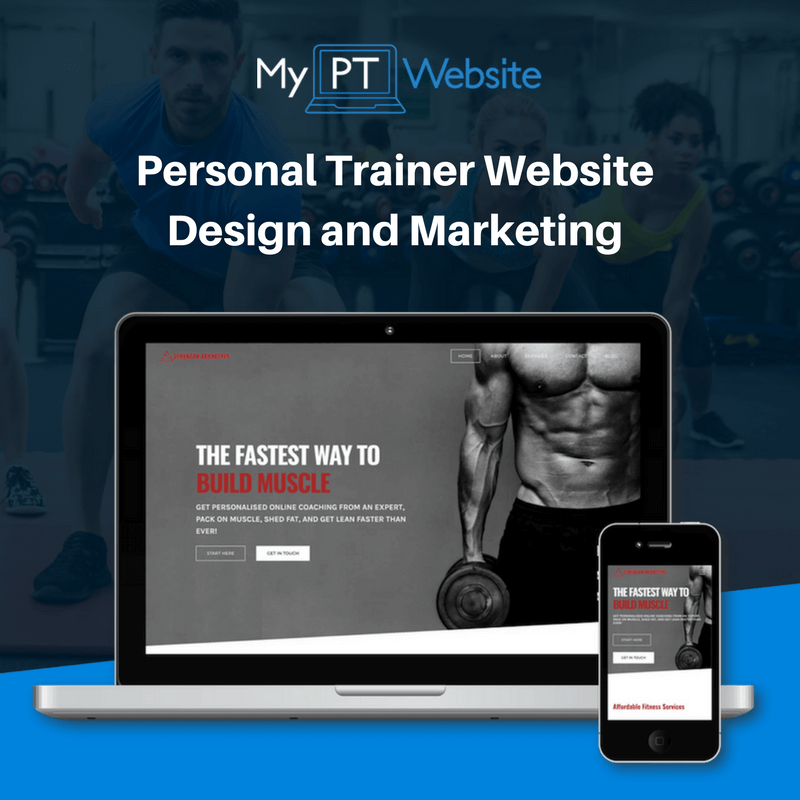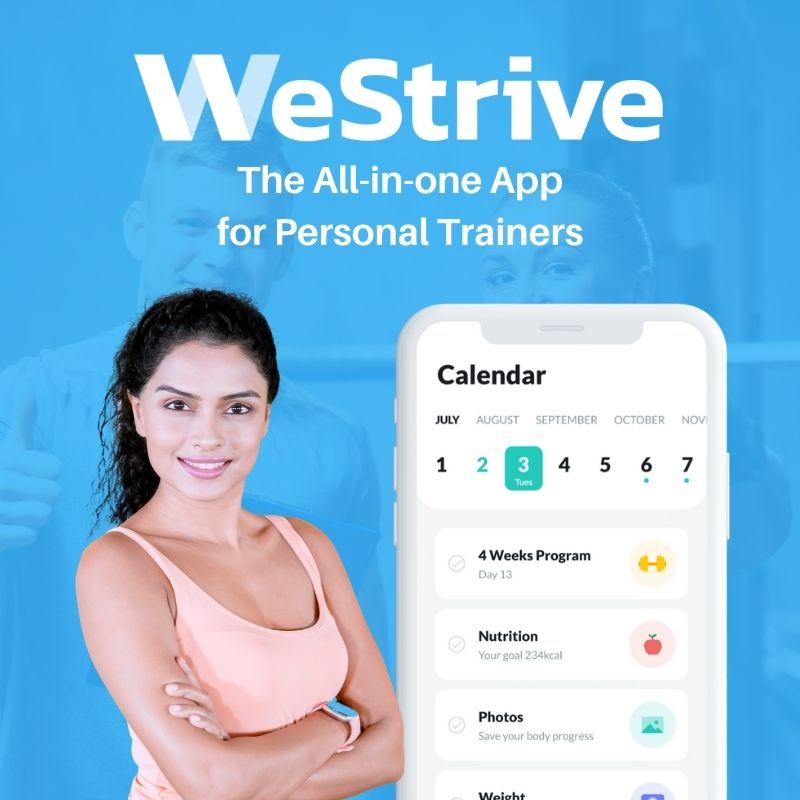|
FREE GUIDE: HOW TO LAUNCH AN ONLINE PERSONAL TRAINING BUSINESS
IN JUST 7 DAYS
✓ The new, better way of launching an online business
✓ The fastest way to create in irresistible offer ✓ A simple system to sell to clients who are interested |
|
Working in fitness is a service industry, and getting personal training clients can feel challenging when you don’t have a physical product to sell. Getting people to buy into your training when what you’re asking them to buy is a belief that you can deliver a certain result - which is also often quite nebulous - like confidence or self-esteem, can feel like an impossible battle as you’re stood on the gym floor, trying to fill your appointment book. It’s made particularly tough when the training you’ve received to become a personal trainer doesn’t focus on the business side of things at all. You can be left without much clear direction. The solution? Treat your sales process as a consultation. Here are three ways that you can do this successfully. 1. Ask Good Questions The process of asking questions serves a couple of purposes. It shifts the emphasis from closing a sale to making sure that you properly understand the needs of your prospective client in the gym. It shifts the focus of the conversation away from what you can do for them, and towards what they need from you. By getting a feel for where your prospect is at the moment, and where they want to be, these questions can help you to understand what they need from you to be able to bridge that gap.
By asking these questions and really listening to the answers your prospect knows that you want to understand them as an individual. That you aren’t assuming what they want - or how they want to go about achieving it. It makes the process of working together collaborative rather than dictatorial and shifts the tone of any future relationship to one of open dialogue, rather than instructional. After you’ve asked one question concisely and clearly - stop talking and let them answer. Take notes, and don’t talk over them. Wait until they’ve finished speaking if you need to clarify something or ask a related question, but don’t interrupt them to do this. Often, people will give you far more information if you just let them talk the problem out themselves. One mistake trainers often make is to jump in and start trying to solve people’s problems before they’ve finished explaining the full extent of the problem. 2. Add Value The rule of thumb here is to leave your personal training prospect better off after every time they contact you. Even if they don’t buy from you, even if they don’t sign up with you - that first consultation should leave them with a clear sense of direction with their problem. You’re the expert in the conversation and they think you might be the go-to person to help them solve their problems. So positioning yourself as the leader, and an educator will be vital in them putting their trust in you. You don’t have to give away all your good work for free, but leaving them with something significant will be important. Having a bank of resources that you can direct them to; like articles written on your website, infographics on your social media or resources that you can e-mail to them are all brilliant ways to over-deliver before they have even made a commitment to working with you. If they think “I can’t believe this is the amount of help I’ve had for free - imagine how she treats her paying clients!” then you’re on the right track. 3. Make A Clear Offer This is the part that a lot of personal trainers forget. They give away so much free support and wait for the clients to just come knocking. The last part of the consultation requires that you make a firm, clear offer to your prospect - and ask them to buy into your coaching process. This is something what I say to a client that I’d like to work with, and believe I can help. It might look something like this: “Well, David, I think the steps you’ve made over the last few months to lose weight have been effective and that you’re managing the nutrition side of things really well. I can send you a recipe pack that can help you make even more progress on that front. This might be face to face personal training or online training. It could be nutritional support or guidance with what they want to achieve in the gym. It applies to whatever two systems you have in place. But by giving them the choice between two training packages, you make the process of choosing between these two outcomes. If you didn’t do this, the choice is between employing you as a trainer and not employing you. This is a quick, easy and effective way to help people to solve their problem without coming across as pushy or sleazy. It’s easy to implement into a service profession, and it works just as well for face to face personal trainers as online or hybrid. It positions you as the expert to be consulted, rather than a salesperson to be hard-sold by. |
Our All In One Platform
Check out out all in one business & marketing platform for personal trainers!
WEBSITE BUILDER | FUNNELS |MEMBERSHIPS | SCHEDULING| EMAIL MARKETING| PAYMENTS| CRM | AI ASSISTANT | SURVEYS
Popular Articles
Trusted Partners
We work closely with some of the best service providers in the fitness industry.
Categories
All
|

